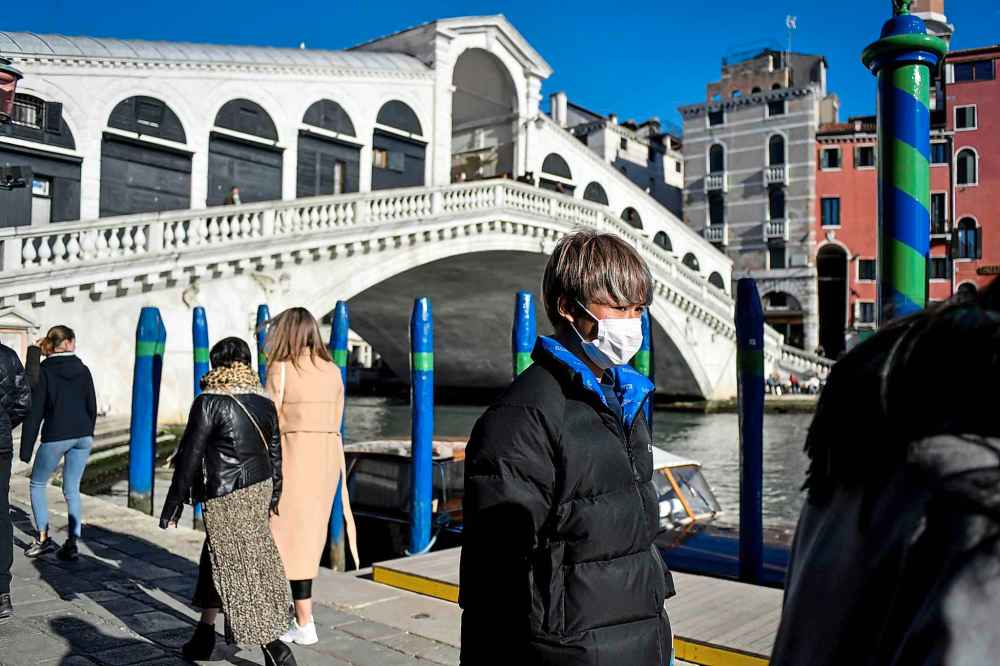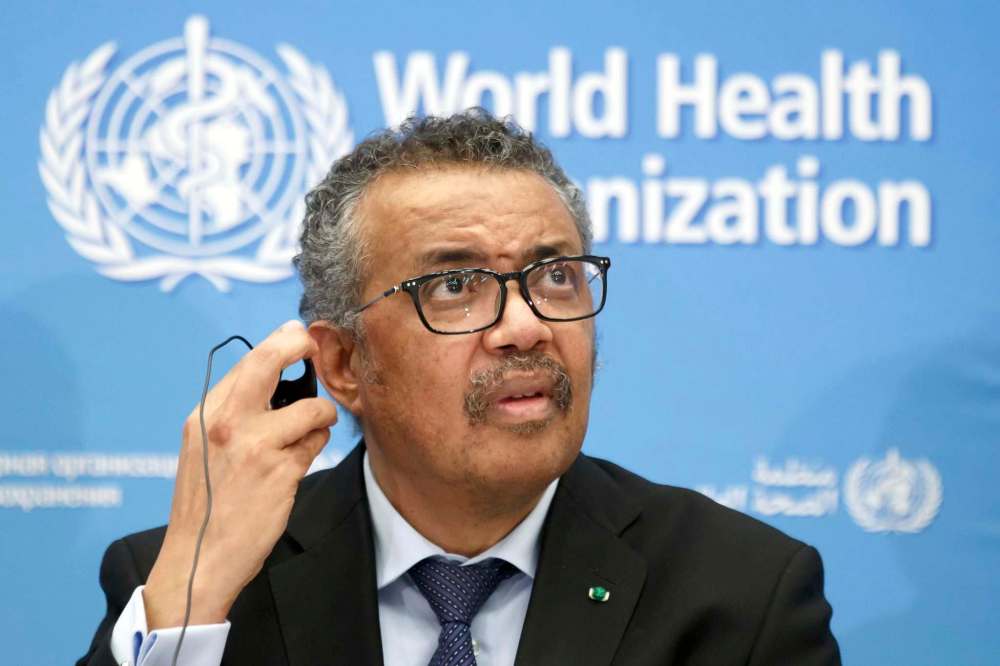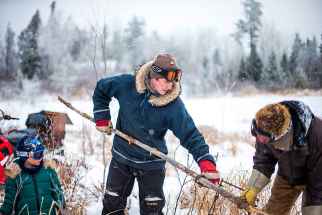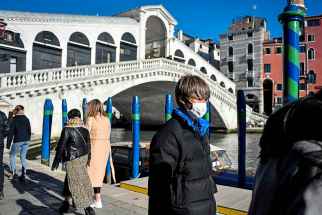Preparation key as COVID-19 spreads
Read this article for free:
or
Already have an account? Log in here »
To continue reading, please subscribe:
Monthly Digital Subscription
$0 for the first 4 weeks*
- Enjoy unlimited reading on winnipegfreepress.com
- Read the E-Edition, our digital replica newspaper
- Access News Break, our award-winning app
- Play interactive puzzles
*No charge for 4 weeks then price increases to the regular rate of $19.00 plus GST every four weeks. Offer available to new and qualified returning subscribers only. Cancel any time.
Monthly Digital Subscription
$4.75/week*
- Enjoy unlimited reading on winnipegfreepress.com
- Read the E-Edition, our digital replica newspaper
- Access News Break, our award-winning app
- Play interactive puzzles
*Billed as $19 plus GST every four weeks. Cancel any time.
To continue reading, please subscribe:
Add Free Press access to your Brandon Sun subscription for only an additional
$1 for the first 4 weeks*
*Your next subscription payment will increase by $1.00 and you will be charged $16.99 plus GST for four weeks. After four weeks, your payment will increase to $23.99 plus GST every four weeks.
Read unlimited articles for free today:
or
Already have an account? Log in here »
Hey there, time traveller!
This article was published 28/02/2020 (2120 days ago), so information in it may no longer be current.
It’s a pretty short distance, it seems, from “It can’t happen here” to “It could happen here.”
That’s undoubtedly the reckoning many Winnipeggers experienced Thursday as they scanned news reports detailing how paramedics wearing masks and protective gear responded to a call from James Armstrong Richardson International Airport regarding an ailing passenger on an inbound WestJet flight from Vancouver.
The front-of-mind concern these days when an arriving traveler shows signs of sickness is, of course, the potential arrival in this city of the COVID-19 virus, which the World Health Organization declared on Jan. 30 to be “a Public Health Emergency of International Concern.”

The passenger, who had reportedly been to China recently, either became ill during the flight or was ill before boarding Flight 448. According to media interviews with other passengers on the flight, a woman went into the plane’s lavatory shortly after takeoff and remained there for most of the flight. After crew members were notified of the situation, they contacted authorities in Winnipeg and medical staff were summoned to meet the flight upon arrival.
“Out of an abundance of caution, our crew notified the appropriate authorities that there was a potential medical issue,” said WestJet spokeswoman Morgan Bell. “(Crew members) followed all proper procedures.”
Passengers were required to remain on the plane while medics in protective gear dealt with the situation, but were not — as some early reports suggested — “quarantined” aboard the aircraft. After a short delay, all 134 passengers were allowed to disembark, and no concerns about a possible transmission of the virus were mentioned. But “an abundance of caution” appears to have been properly exercised.
And therein lies the key, as Canada and Manitoba continue to monitor global events and prepare for what health officials predict is an inevitable continuation of the spread of the current coronavirus strain. By the end of this week, the number of countries in which COVID-19 has been confirmed was approaching 60, with cases reported in virtually every region of the world. Nearly 84,000 cases had been reported globally; in Canada, there had been 14 confirmed cases of COVID-19 by Friday.
A more telling statistic, according to the WHO, is that this was the first week in which reported cases inside China, where the disease originated, were exceeded by cases outside China. “We’re at a decisive point,” WHO Director-General Tedros Adhanom Ghebreyesus said Thursday.

For its part, Canada seems to be proceeding with a logical and measured but necessarily swift set of preparations for a spread of COVID-19 within our borders. Canadians returning home after weeks stranded aboard a quarantined cruise ship have been appropriately assessed and monitored, and health-related security checks at points of entry have been stepped up.
Of urgent concern is the continuing process of educating Canadians about the fundamental behaviours and heightened vigilance that will help to minimize COVID-19’s impact here. That job is certainly more challenging for health officials than it was during the 2003 SARS outbreak, thanks to the proliferation of social-media misinformation and paranoia. In this and all future health crises, the need for Canadians to inform themselves is equalled, if not overshadowed, by the need for the sources of the information they acquire to be reliable and accurate.
Preparation and vigilance, both institutionally and personally, are paramount concerns, because now that we’ve accepted the idea that “It could happen here,” the most prudent course of action is to conduct ourselves as if we know it will.











